
Discover the Joy of Homemade Gluten-Free Flatbread!
Welcome, fellow gluten-free food lovers! If you’ve been dreaming of a warm, soft, and incredibly versatile bread that fits perfectly into your lifestyle, you’ve landed in the right place. We’re so excited to share this amazing gluten-free flatbread recipe with you – a true game-changer that requires just 5 simple ingredients and is ready to enjoy in about 30 minutes! Yes, you read that right: delicious, pliable flatbread without the fuss.
Living gluten-free shouldn’t mean missing out on the simple pleasures of freshly made bread. We understand the challenges that can come with gluten-free baking; sometimes it feels like you need a science degree to get it right! That’s why this particular gluten-free flatbread recipe is such a gem. There’s no yeast, no complicated rising times, and no need for a long list of specialty flours. We’ve focused on simplicity and incredible taste, proving that gluten-free can be both easy and extraordinarily satisfying.
This isn’t just any flatbread; it’s your new secret weapon in the kitchen. Imagine using this soft, slightly chewy delight to scoop up a hearty bowl of our Slow Cooker Chicken Curry, or perhaps to accompany a comforting dish like our flavorful Dal Makhani. It’s also fantastic as a quick pizza base for busy weeknights or transformed into delicious wraps filled with something vibrant like our Lentil Salad. The possibilities truly are endless, making this gluten-free flatbread recipe a wonderfully diverse addition to your meal planning.
We believe that a gluten-free diet can be rich, varied, and full of joy. This easy gluten-free flatbread recipe embodies that philosophy. It’s about bringing convenience and deliciousness back to your table, empowering you to create wonderful meals that everyone can enjoy. Get ready to fall in love with how simple and rewarding making your own gluten-free flatbread can be!
Why This Gluten-Free Flatbread Recipe Works So Well
Embarking on a gluten-free baking journey can sometimes feel like navigating a maze, especially when seeking that elusive perfect texture. But fear not, because this particular easy gluten-free flatbread recipe is a true gem that consistently delivers delicious results! It masterfully overcomes the common challenges of gluten-free baking, yielding flatbreads that are soft, pliable, and incredibly satisfying, proving that going gluten-free doesn’t mean sacrificing flavor or texture. Let’s dive into the culinary science behind why this gluten-free flatbread recipe stands out.
The Magic of the Gluten-Free Flour Blend
The foundation of any successful gluten-free bake lies in the flour, and this recipe wisely calls for a high-quality gluten-free all-purpose flour blend, specifically recommending a trusted 1:1 variety like Bob’s Red Mill. Unlike single-ingredient flours (like almond or oat), these blends are carefully formulated with a mix of starches and binders designed to mimic the properties of wheat gluten. Ingredients often found in these blends, such as tapioca starch, potato starch, and especially xanthan gum, play crucial roles. Tapioca and potato starches contribute to the dough’s structure and tenderness, helping achieve that desirable soft interior. Xanthan gum is the real hero here in a fantastic gluten-free flatbread recipe; it acts as a binder, providing the elasticity and viscosity that gluten normally supplies. It helps hold the dough together, preventing crumbling, and creates a slight chewiness that makes this gluten-free flatbread feel remarkably like traditional versions. The recommendation to use a specific blend like Bob’s Red Mill 1:1 is key, as consistency in gluten-free baking often depends on the precise ratios within the blend.
Vegan Yogurt: The Secret to Tenderness and Structure
One of the most brilliant aspects of this gluten-free flatbread recipe is the inclusion of vegan yogurt. Yogurt adds significant moisture and richness to the dough without making it overly wet. The proteins and fats in the yogurt contribute to a tender crumb, ensuring the flatbread remains soft and doesn’t become stiff or dry upon cooking. Furthermore, the slight acidity in yogurt can interact with the baking powder, providing an extra lift and lightness. This is particularly important in gluten-free preparations where the lack of gluten’s network can lead to dense results. The yogurt helps create a dough that is smooth, pliable, and easy to work with, which is a major advantage when rolling out flatbreads.
Baking Powder: Leavening Without Gluten
Traditional flatbreads often rely solely on steam for lift, but this gluten-free flatbread recipe incorporates baking powder. While seemingly small, this addition is incredibly impactful. In gluten-free doughs, which lack the robust structure to trap steam effectively like wheat dough, chemical leaveners like baking powder are essential. When heated, baking powder releases carbon dioxide gas, creating small bubbles within the dough. This provides a gentle lift and contributes to a lighter texture, preventing the flatbread from becoming heavy or gummy, a common pitfall in gluten-free baking. It ensures these gluten-free flatbreads have a pleasant mouthfeel and aren’t dense pucks.
Oil and Salt: Enhancing Flavor and Handling
The inclusion of oil, such as olive oil, adds essential fat to the dough. Fat coats the starch molecules, further inhibiting the formation of a tough texture and contributing to tenderness and moisture retention. It also helps the dough become smooth and less sticky, making it easier to roll and cook. Salt, while primarily a flavor enhancer, also subtly affects dough structure by controlling hydration and interacting with starches, contributing to the overall success of this gluten-free flatbread recipe.
The Genius of the Stovetop Method
Perhaps one of the most significant factors in the success of this specific gluten-free flatbread recipe is the cooking method. Gluten-free doughs can be tricky in a conventional oven, often requiring careful timing and hydration to prevent them from drying out. Cooking these flatbreads on a hot skillet or cast iron pan is ideal. The direct, high heat allows the exterior to brown and set quickly, trapping moisture inside and resulting in a wonderfully soft interior. There’s no lengthy rising time required, simplifying the process and minimizing the opportunity for the dough structure to fail. The quick cook time means you can enjoy fresh, warm gluten-free flatbreads in minutes, making this recipe incredibly accessible and rewarding.
Precision and Adaptability
The recipe’s emphasis on using weighted measurements and the instruction to subtly adjust flour or water demonstrates a key understanding of gluten-free baking nuances. Different flour blends and even environmental humidity can impact dough consistency. By encouraging bakers to feel the dough and make small adjustments, this gluten-free flatbread recipe empowers users to achieve the perfect smooth, soft, and non-sticky dough consistency needed for easy rolling and excellent results. This guidance fosters confidence and leads to consistent success with this easy gluten-free flatbread recipe.
In conclusion, this easy gluten-free flatbread recipe works exceptionally well because it intelligently combines a reliable gluten-free flour blend with ingredients like vegan yogurt and baking powder that provide moisture, tenderness, and necessary lift in the absence of gluten. Coupled with the efficient stovetop cooking method, it bypasses many common difficulties, making delicious, pliable gluten-free flatbread achievable for anyone. It’s a truly robust and enjoyable gluten-free flatbread recipe experience!

🎁 33 Gluten-Free Breakfasts
Start every day with a smile and flavor. Get our FREE recipe eBook!
Ingredients
Crafting this delicious gluten-free flatbread recipe requires just a few simple ingredients. Each plays an important role in achieving the perfect texture and flavor without gluten. Here’s exactly what you’ll need:
- 1 1/3 cups (240g) unsweetened plain vegan yogurt: Provides moisture and tenderness to the dough, acting as a key binder in this gluten-free flatbread recipe. Using plain and unsweetened ensures a neutral base that pairs well with various cuisines.
- 8 teaspoons (36g) olive oil: Adds richness and helps create a soft, pliable dough. You can easily purchase extra virgin olive oil or any neutral oil.
- 2 teaspoons (9g) baking powder: While traditional flatbreads often skip leavening, a touch of baking powder is essential in this gluten-free version. It helps lighten the texture, preventing the flatbread from becoming too dense and giving it a slight puffiness as it cooks on the stove.
- 1 teaspoon (9g) salt: Enhances the overall flavor of the flatbread.
- 2 cups + 1 1/2 tablespoons (314g) Bob’s Red Mill 1:1 Gluten-free Baking Flour + more as needed: This is the backbone of the recipe! It’s crucial to use a high-quality gluten-free all-purpose flour blend specifically designed for baking, as it typically contains a mix of starches (like tapioca or potato starch) and gums (like xanthan gum) that work together to mimic the structure and elasticity normally provided by gluten in traditional dough. Bob’s Red Mill 1:1 is a popular choice and works well in this easy gluten-free flatbread recipe.
Optional Additions:
- Garlic olive oil (for brushing after cooking)
- Fresh parsley, finely chopped (or herbs of choice for garnish)
Nutritional Information
This easy gluten-free flatbread recipe offers several nutritional advantages, especially for those following a gluten-free diet.
- Naturally free from gluten, making it a safe and comfortable option for individuals with celiac disease or non-celiac gluten sensitivity. Enjoying a comforting bread-like item is made possible with this simple gluten-free flatbread recipe.
- When made with plain vegan yogurt and without added sugar, this flatbread is inherently low in sugar.
- The specific nutritional content can vary depending on the exact gluten-free flour blend and yogurt brand used. Flour blends may contribute varying amounts of fiber and protein.
Please Note: The nutritional information provided here is based on general estimates for ingredients typically used in a gluten-free flatbread recipe and should not be considered a substitute for professional dietary advice. For precise values, it is recommended to calculate based on the specific brands and quantities of ingredients you use.
Substitutions and Variations
One of the best things about making your own easy gluten-free flatbread is how adaptable it is! You can easily swap ingredients to fit your dietary needs or add variations to change the flavor profile.
Substitutions:
- Vegan Yogurt: If plain unsweetened vegan yogurt isn’t available, you can substitute with vegan buttermilk. You can typically make vegan buttermilk by combining plant-based milk (like almond or soy) with a tablespoon of apple cider vinegar or lemon juice and letting it sit for a few minutes until it curdles slightly. This substitution maintains the necessary acidity and moisture for the gluten-free flatbread dough.
- Oil: Any neutral cooking oil will work in place of olive oil. Options include avocado oil, vegetable oil, or even melted coconut oil (though this might impart a slight coconut flavor).
- Garlic Oil: Instead of brushing with garlic olive oil after cooking, you can use melted vegan butter combined with garlic powder or finely minced, sautéed fresh garlic.
- Gluten-Free Flour Blend: While the recipe was developed using Bob’s Red Mill 1:1, other gluten-free all-purpose blends *might* work, but results can vary significantly. Different blends have different compositions of starches and gums, which impacts how much liquid they absorb. You may need to add more flour or water to achieve the correct dough consistency if using a different brand.
Variations:
- Herb & Spice Infusion: Mix dried herbs (like oregano, thyme, or rosemary) or spices (like garlic powder, onion powder, or a pinch of chili flakes) directly into the dough along with the flour for a flavorful flatbread from the start.
- Sesame Seeds or Nigella Seeds: Knead in or sprinkle seeds onto the flatbread before cooking for added texture and flavor, reminiscent of naan.
- Sweet Flatbread: Omit the salt (or reduce significantly) and skip the garlic oil. Brush with melted vegan butter and sprinkle with cinnamon sugar after cooking for a sweet treat.
- Serving Ideas: This versatile easy gluten-free flatbread recipe is perfect for countless uses! Use it as a quick pizza crust, serve it alongside your favorite curries or soups, use it as a wrap for sandwiches (like chickpea salad or roasted veggies), or pair it with dips like hummus or baba ghanoush. The possibilities are endless for enjoying this homemade gluten-free flatbread.
Experiment with these substitutions and variations to make this gluten-free flatbread recipe uniquely yours!
Essential Equipment for This Recipe
To prepare this delicious recipe, you’ll need the following kitchen tools:
- Mixing Bowls – A set of good quality mixing bowls are essential for combining wet and dry ingredients separately.
Find Mixing Bowls on Amazon - Measuring Cups and Spoons – For accurate ingredient measurements, ensuring the perfect balance of flavors.
Find Measuring Cups and Spoons on Amazon - Baking Sheets – Essential for baking cookies, roasting vegetables, or toasting nuts.
Find Baking Sheets on Amazon - Whisks – Ideal for whipping cream, eggs, or combining dry ingredients smoothly.
Find Whisks on Amazon - Spatulas – Perfect for folding ingredients gently and scraping bowls clean.
Find Spatulas on Amazon - Food Processors – Quickly chop, slice, and puree ingredients.
Find Food Processors on Amazon - Saucepans – For heating liquids, making sauces, and cooking grains.
Find Saucepans on Amazon - Chef’s Knives – A sharp chef’s knife makes food preparation easier and safer.
Find Chef’s Knives on Amazon - Cutting Boards – Protect your countertops and provide a stable surface for cutting and chopping.
Find Cutting Boards on Amazon
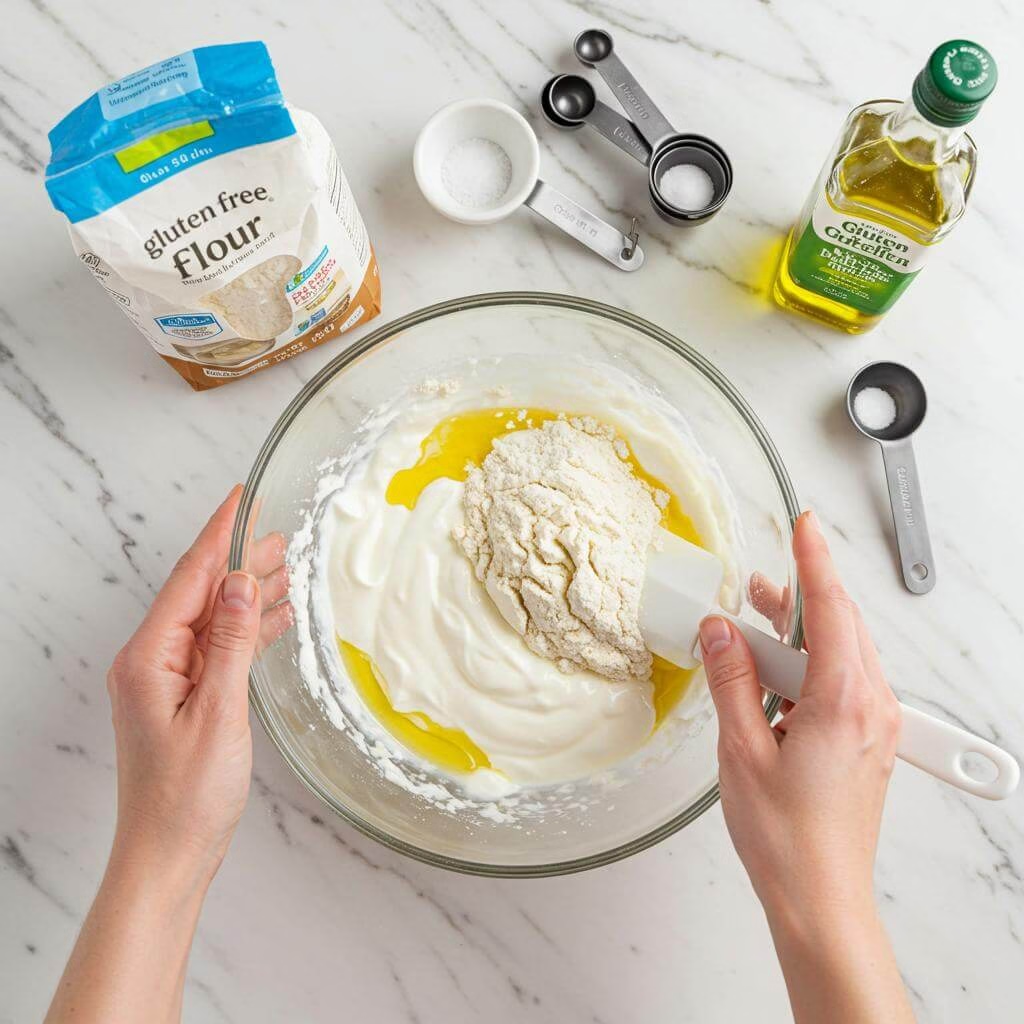
- Begin by preparing your wet ingredients. Grab a large mixing bowl – choose one that gives you plenty of room to mix comfortably! Add the unsweetened plain vegan yogurt, olive oil, baking powder, and sea salt into the bowl. Use a wooden spoon or whisk to stir everything together until the mixture is smooth and uniform. Ensure the baking powder is well distributed, as it helps give this specific gluten-free flatbread recipe a lighter texture.
- Next, it’s time to incorporate the dry ingredients. Carefully sprinkle the gluten-free all-purpose flour blend over the wet mixture in the bowl. It’s really important to use a good quality, reliable gluten-free all-purpose flour blend that contains ingredients like xanthan gum for structure. Start mixing the flour into the wet ingredients using your spoon or a sturdy spatula. As the mixture comes together, you may find it easier to switch to gently combining it with your hands. Mix just until a dough forms. The ideal consistency is a smooth, soft dough that is easy to handle and doesn’t stick excessively to your hands or the bowl. Gluten-free doughs can be finicky: if your dough feels too sticky, add a tiny bit more gluten-free flour, about 1/2 tablespoon at a time, mixing it in completely before adding more, until the desired texture is reached. If, on the other hand, the dough is too dry and crumbly, add water sparingly, also 1/2 tablespoon at a time, mixing thoroughly each time until the dough is smooth and soft. Avoid overmixing, which can sometimes make gluten-free doughs tough or gummy.
- Now, prepare your workspace and cooking surface. Lightly flour a clean work surface – surfaces like granite counters, marble boards, or even plastic cutting boards tend to work better than wood as the dough is less likely to stick. While you’re preparing the dough, preheat your cooking pan over medium heat; if using, a cast iron skillet or cast iron griddle is recommended as they provide excellent, even heat and a lovely browning on your gluten-free flatbread. Lightly grease the preheated pan. Divide your dough into 8 roughly equal pieces. You can eye-ball it, or for more consistency, you could weigh the dough and divide by 8. Take each piece and quickly roll it into a smooth ball. Place one dough ball on your floured surface and use a rolling pin (or a clean, empty wine bottle works in a pinch!) to roll it out evenly until it’s about 1/4-inch thick. Try to maintain a circular or oval shape as you roll.
- Carefully transfer the rolled-out dough onto your heated, greased pan. Cook the flatbread for about 1 1/2 to 2 1/2 minutes on each side. You’ll know it’s ready to flip when you see bubbles forming on the surface and the underside is golden brown. Use a spatula to gently lift and flip. Continue cooking on the second side until it’s also browned and the flatbread appears cooked through, indicating it’s no longer doughy inside. Keep a close eye on the first one – it often serves as a test run for your pan’s temperature. If it’s browning too quickly, slightly lower the heat for the subsequent pieces.
- Once a flatbread is cooked, transfer it from the pan to a plate. At this point, you have an optional, delicious step to elevate your easy gluten-free flatbread recipe! If you like, brush the warm flatbread with garlic olive oil. Alternatively, you can use melted vegan butter mixed with a little garlic powder or finely minced, sautéed fresh garlic. Finish with a generous sprinkle of fresh, finely chopped parsley or other desired herbs for a burst of flavor.
- Continue this process, rolling out and cooking the remaining dough balls one by one, following steps 3, 4, and 5 until you have cooked all 8 pieces of your delicious gluten-free flatbread. If you have a batch warmer or a low oven, you can place the cooked flatbreads on a baking sheet there to keep them warm while you finish the batch.
- Your batch of homemade easy gluten-free flatbread is now complete! Serve these warm right off the pan or enjoy them at room temperature. They are incredibly versatile and perfect for accompanying meals or using as wraps. Enjoy this simple and satisfying gluten-free flatbread recipe!
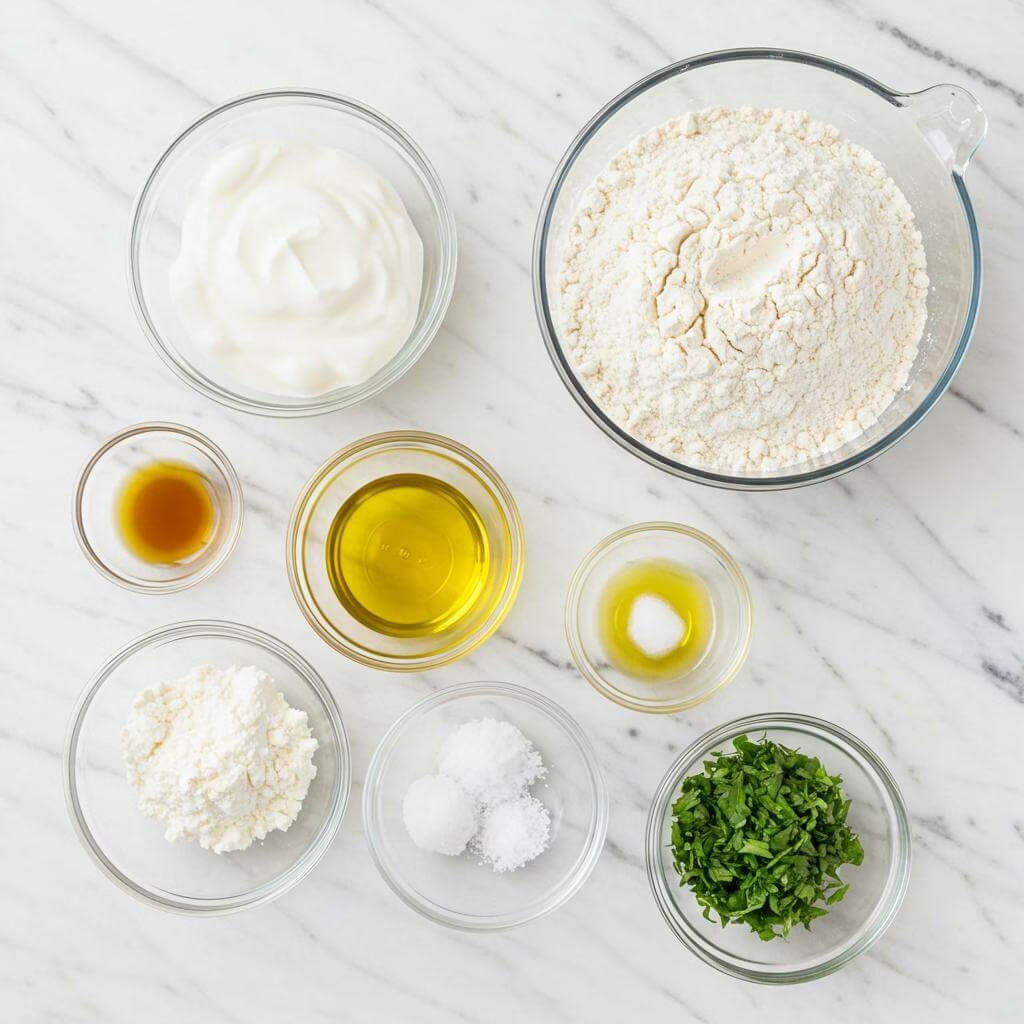
Expert Tips for the Best Gluten-Free Flatbread Recipe
Crafting delicious gluten-free flatbread is absolutely achievable, and with these expert tips tailored specifically for working with gluten-free doughs, you’ll be making perfect, pliable flatbreads in no time! This easy gluten-free flatbread recipe is a fantastic starting point, and these pointers will help ensure your success.
- Master the Flour Blend: The type of gluten-free flour blend you use is *critical* for this gluten-free flatbread recipe. As mentioned in the recipe, a 1:1 blend containing binders like xanthan gum is essential. Single flours like almond or coconut won’t work here as they lack the structure needed. Stick closely to the recommended blend if possible, as different brands absorb liquid differently.
- Feel the Dough: Gluten-free doughs don’t behave exactly like wheat dough. Aim for smooth and soft, not overly sticky or crumbly. The recipe wisely tells you to adjust with small amounts of flour or water. This is key! Don’t be afraid to add that extra half tablespoon until it *feels* right – pliable but not sticking excessively to your hands. This slight tweak makes a huge difference in your final gluten-free flatbread.
- Choose Your Rolling Surface Wisely: Gluten-free dough can *love* to stick! Using a non-porous surface like granite, marble, or a plastic cutting board (as suggested) works much better than wood, which can grab onto the dough. Lightly flouring your surface is also necessary, but avoid using excessive amounts, or your flatbread can become dry.
- Cast Iron is Your Friend: The recommendation to use a cast iron skillet is spot on for a gluten-free flatbread recipe. Cast iron retains heat exceptionally well and distributes it evenly, which is vital for cooking the flatbread through without burning the outside. It helps you achieve that lovely golden-brown color and slight puff.
- Find the Perfect Heat: The note about the first flatbread being a “test” is excellent advice, especially with gluten-free recipes. Your stove’s medium heat might differ from someone else’s. Pay attention to the first one – if it browns too quickly, lower the heat for the rest. If it takes too long and seems tough, slightly increase it. Consistent heat is crucial for evenly cooked gluten-free flatbread.
- Check for Doneness: Look for tell-tale signs: the flatbread should puff up slightly in places and have nice browned spots on both sides. It should feel cooked through, not doughy in the center, but still flexible. Overcooking can make your gluten-free flatbread tough or brittle.
- Keep Them Warm as You Cook: Sliding the finished flatbreads onto a plate in a slightly warm oven or warmer drawer prevents them from cooling too much and becoming stiff while you finish the batch. Warm flatbreads are always the most enjoyable!
Common Mistakes to Avoid When Making Gluten-Free Flatbread
Even with a simple recipe, gluten-free baking has unique challenges. Steer clear of these common pitfalls to ensure your gluten-free flatbread recipe turns out perfectly every time.
- Using the Wrong Flour Type: This is perhaps the biggest mistake. Substituting the recommended gluten-free all-purpose blend with single flours like almond, coconut, or chickpea flour will result in failure. These flours lack the necessary starch and binder (like xanthan gum, often found in blends) required to create a pliable, rollable dough that holds together when cooked. Always use a reputable 1:1 or all-purpose gluten-free blend specifically designed for baking.
- Ignoring Dough Consistency: While the recipe provides weights (which are highly recommended!), environmental factors and specific flour brands mean the dough might need slight adjustments. Don’t skip the step of adding tiny amounts of extra flour or water if the dough is too sticky or too dry. A sticky dough will be impossible to roll out, while a dry, crumbly dough will result in tough or falling-apart flatbreads. Trust the feel of the dough over the exact measurement if it seems off.
- Cooking at the Wrong Temperature: Getting your pan heat wrong is a fast track to disappointment. Too high heat will burn the outside quickly while leaving the inside raw or gummy – a common gluten-free issue. Too low heat will dry out the dough before it cooks through, resulting in a hard, cracker-like gluten-free flatbread instead of a soft, pliable one. Take the time to test the heat with your first piece.
Frequently Asked Questions
Why is using a specific gluten-free flour blend so important for this gluten-free flatbread recipe?
Using a good quality gluten-free all-purpose flour blend is key for this recipe! Unlike single flours (like almond or coconut), these blends are specifically designed for baking. They contain starches (such as tapioca or potato starch) and gums (like xanthan gum) that work together to give the dough elasticity and structure, mimicking what gluten would normally do. This helps ensure your flatbread isn’t crumbly or dense and achieves that soft, pliable texture. We tested this easy gluten-free flatbread recipe with Bob’s Red Mill 1:1, and its composition works really well here.
What if my dough isn’t the right consistency after mixing?
Don’t worry, this can happen with gluten-free doughs as they can be sensitive to humidity and different flour brands! The goal is a smooth, soft dough. If your dough feels too sticky after mixing in the initial amount of flour, add a little more gluten-free flour, just 1/2 tablespoon at a time, mixing it completely before adding more. If it’s too dry and crumbly, add water sparingly, also 1/2 tablespoon at a time, mixing thoroughly each time until it reaches that smooth, soft texture. Adjusting a little bit is normal!
Can I substitute the vegan yogurt in this gluten-free flatbread recipe?
Yes, you can! We’ve tested this recipe successfully with several brands of unsweetened plain vegan yogurt. If you don’t have access to vegan yogurt, you can substitute it with vegan buttermilk. You can easily make vegan buttermilk by adding a tablespoon of apple cider vinegar or lemon juice to a cup of plant-based milk and letting it sit for a few minutes until it curdles slightly. This provides the necessary acidity and moisture for the dough.
What’s the best way to cook these flatbreads, and do I need a special pan?
We found that a cast iron griddle or skillet works best for cooking this gluten-free flatbread recipe. Cast iron distributes heat very evenly and helps the flatbread develop a lovely golden-brown crust while cooking through nicely. While a non-stick pan can work, cast iron generally gives superior results. Just make sure your pan is properly preheated and lightly greased over medium heat before adding the rolled-out dough.
How should I store leftover gluten-free flatbread, and can I freeze it?
This gluten-free flatbread stores well! It will keep best at room temperature in an airtight container for up to 6 days. While you can refrigerate it, we find that refrigeration can make it a bit more dense. If you want to keep it longer, freezing is a great option. Let the flatbread cool completely, then freeze it in a large freezer bag, ideally with a piece of parchment paper between each one to prevent sticking. Frozen gluten-free flatbread will stay good for up to 3 months. To thaw, just set it on the counter at room temperature. You can reheat it in a toaster oven or a hot skillet until it’s warm and pliable again.
What are some serving suggestions for this easy gluten-free flatbread recipe?
Oh, the possibilities are almost endless! This versatile gluten-free flatbread recipe is fantastic with so many things. You can use it as a quick pizza base, enjoy it warm alongside your favorite curries or soups (it’s great for scooping!), use it like a wrap for sandwiches or salads, or pair it with dips like hummus or baba ghanoush and add some protein like falafel or spiced chickpeas. It’s a wonderful staple to have on hand!
Why does this gluten-free flatbread recipe use baking powder when traditional flatbreads often don’t?
That’s a great observation! While traditional flatbreads rely solely on fermentation or simply cooking dough without leavening, we found that adding a little bit of baking powder to this gluten-free version significantly improves the texture. It helps make the flatbread lighter and slightly fluffier, preventing it from becoming too dense, which can sometimes be a challenge with gluten-free doughs that don’t use yeast.

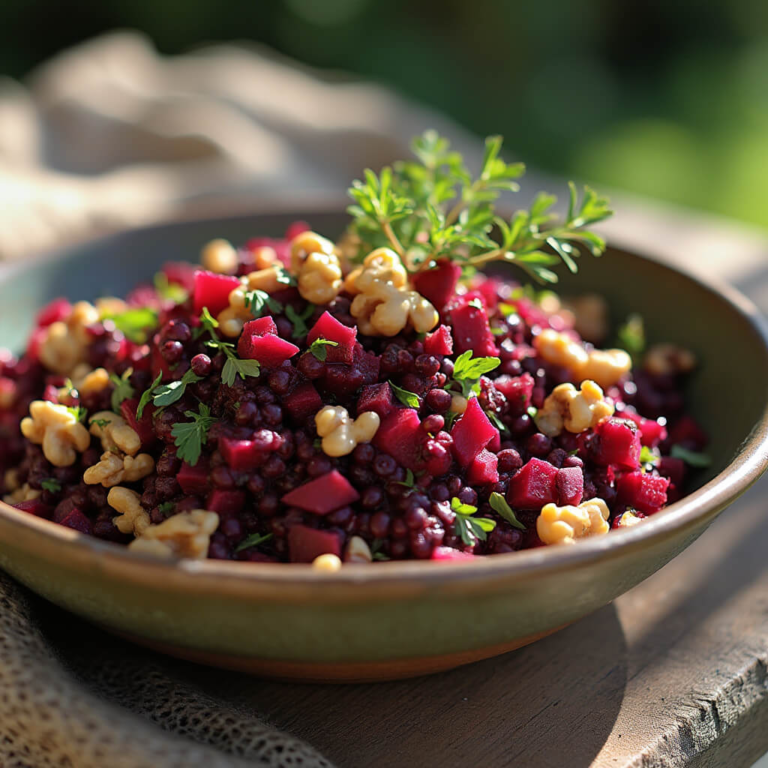
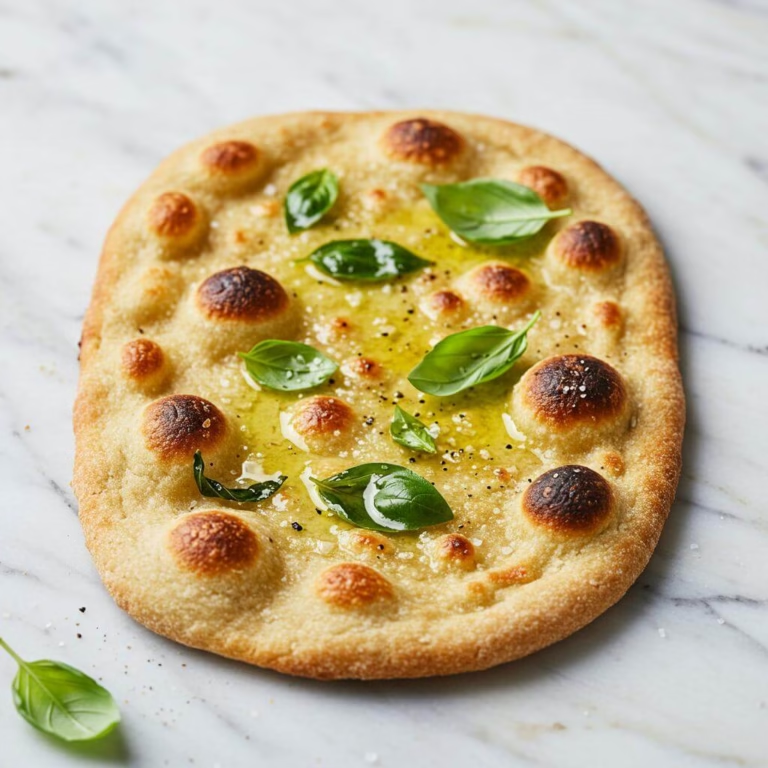
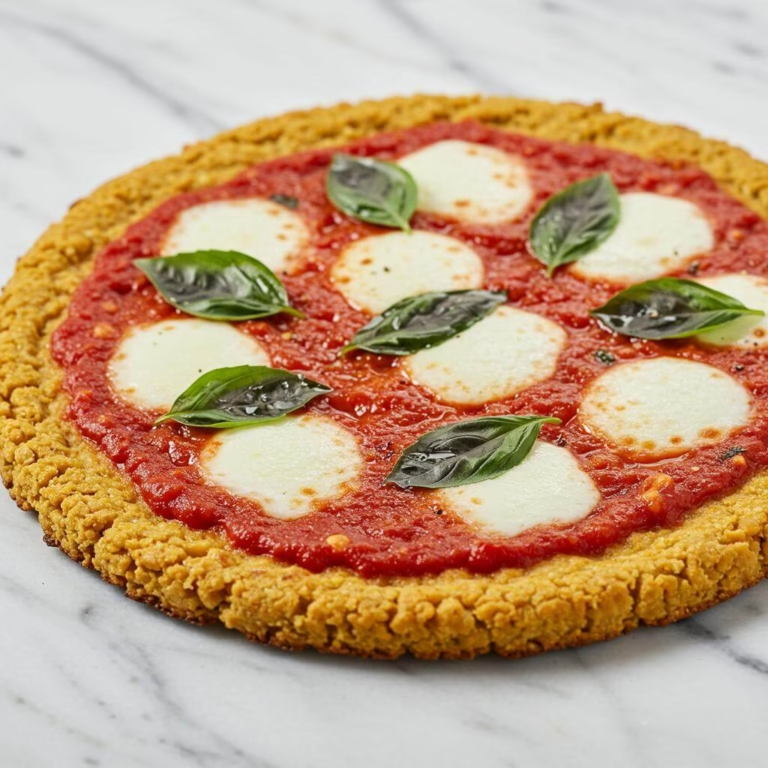
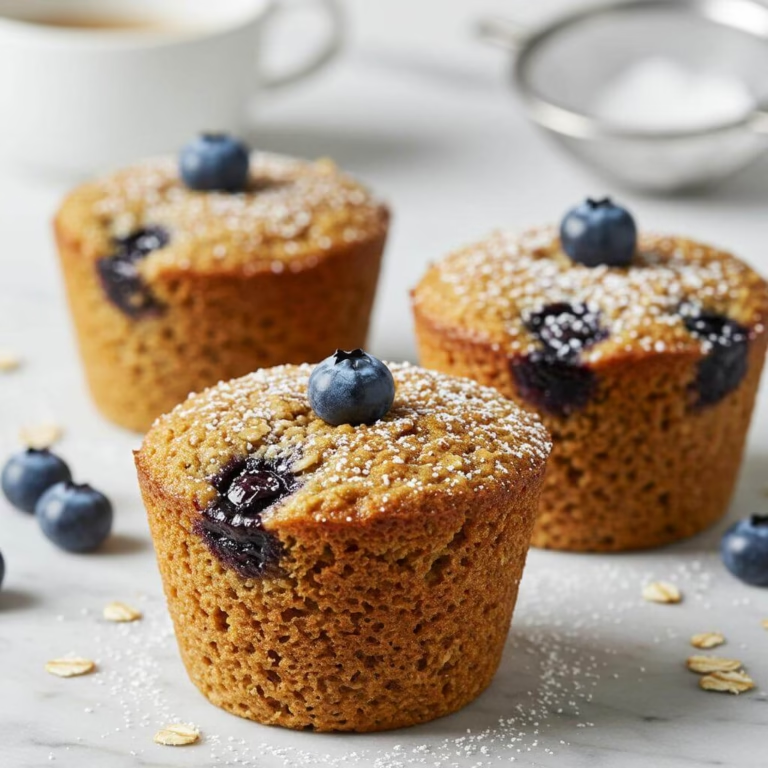

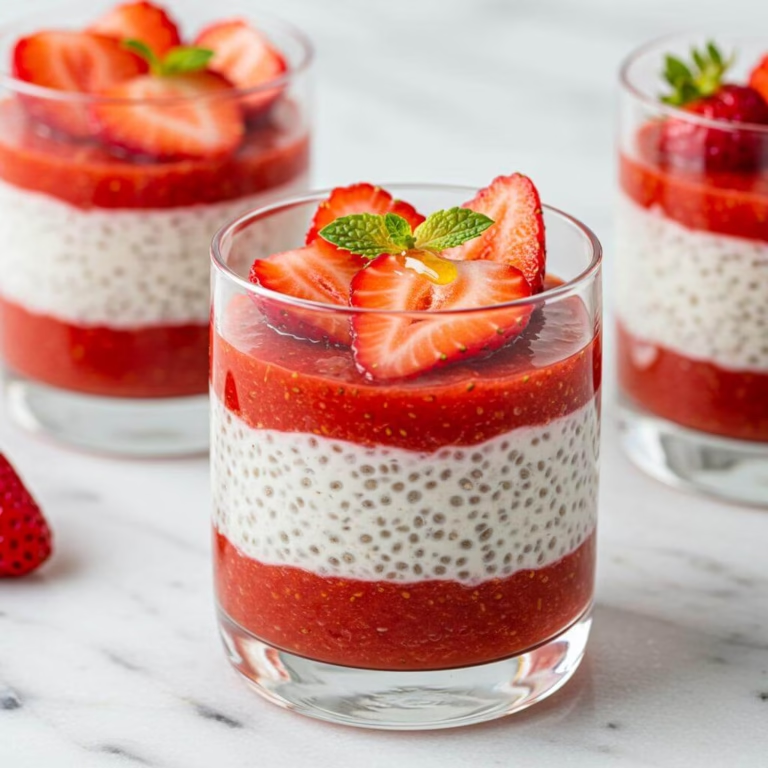
3 Comments